Stamp of Tradition: Hanko in Japan
Hanko is Japan's unique stamping tradition that bridges the past with the present. From legal documents to everyday exchanges.
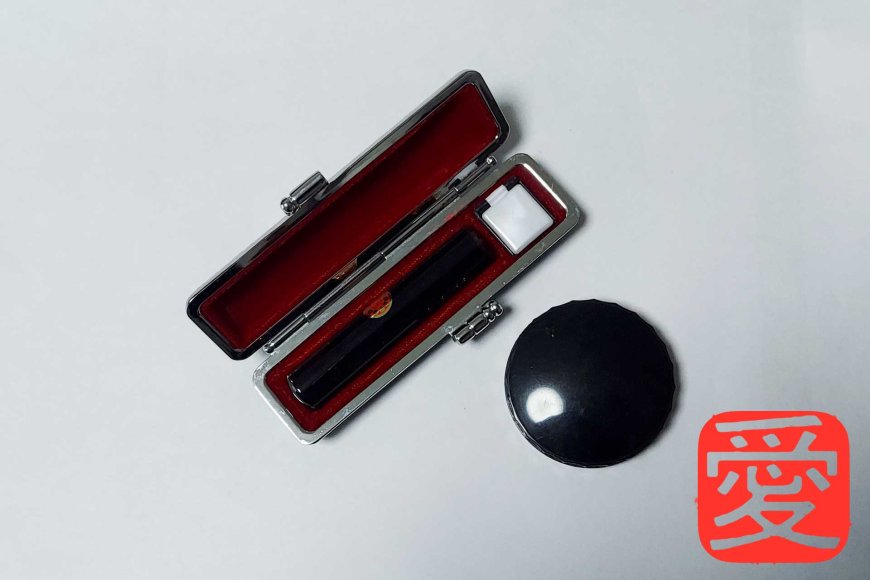
Cultural Significance and Evolution of Japan's Traditional Seals
In the land of the rising sun, there is a unique cultural practice that goes beyond the ordinary signatures we are accustomed to. Meet the "Hanko," a small but significant stamp that holds great importance in Japanese society. Used for centuries, the Hanko plays a crucial role in various aspects of daily life, from official documents to personal correspondence.
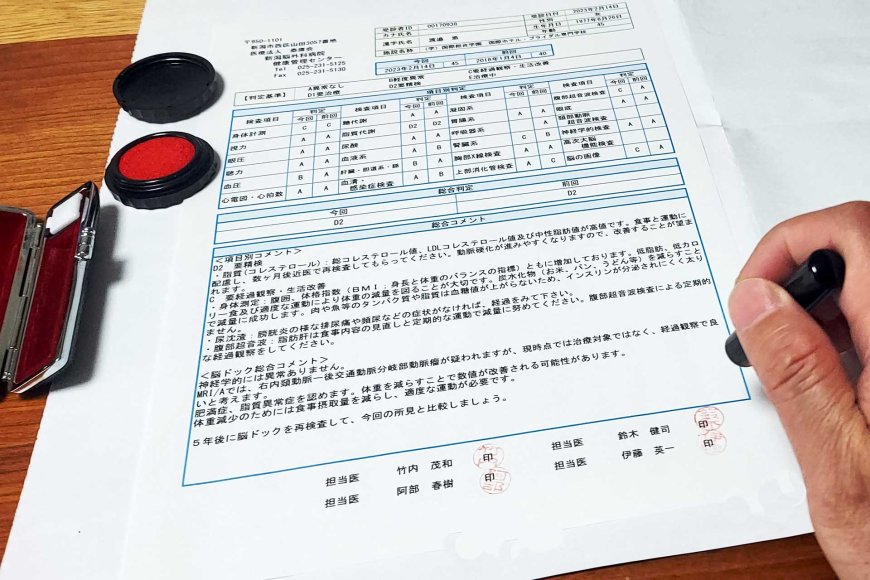
Origins and Evolution
The history of Hanko dates back to ancient Japan, where it was initially introduced as a method of authentication during the Nara period (710-794 AD). Back then, aristocrats used personal seals to mark official documents. Over time, this practice became more widespread, reaching all levels of society.
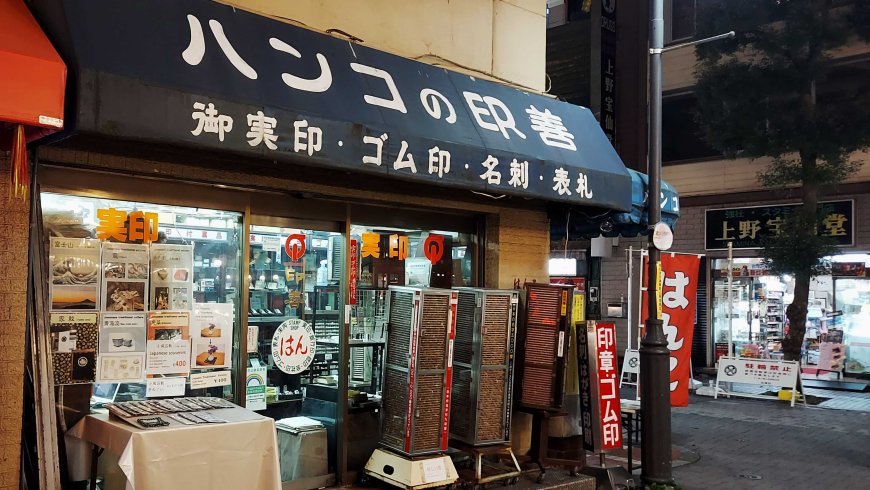
The word "Hanko" itself can be translated as a "seal" or "stamp." Traditionally made from materials like wood, ivory, or stone, modern Hanko are often crafted from more sustainable materials like plastic or metal. The design of the Hanko is unique to each individual and typically includes their name written in kanji characters.
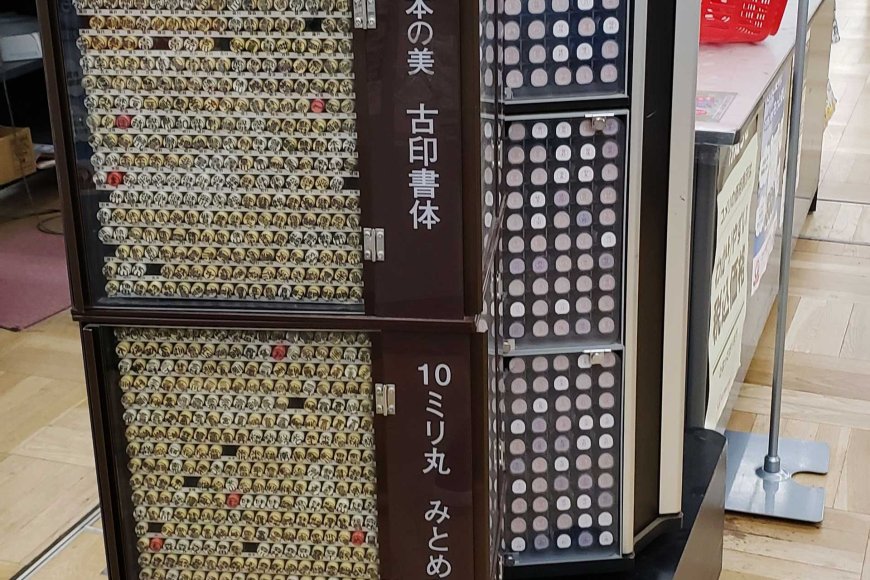
Types of Hanko
There are three main types of Hanko, each serving a specific purpose:
- Jitsuin (official seal): This type of Hanko is registered with local government authorities and is used for significant and legally binding documents. Obtaining a jitsuin involves a formal process to ensure its authenticity.
- Ginkoin (bank seal): Reserved for financial transactions, the ginkoin is used when opening a bank account or endorsing financial documents. It is closely guarded due to the potential misuse for fraudulent activities.
- Mitomein (personal seal): The most common type of Hanko, the mitomein, is used for everyday activities like signing letters or receiving packages. While less formal, it still holds personal significance.
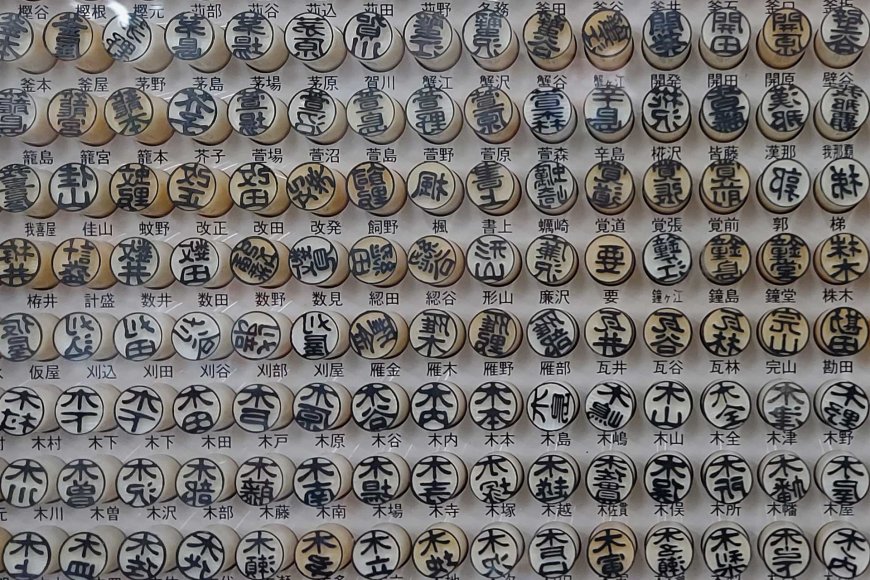
Cultural Significance
The use of Hanko extends far beyond its practical applications. It is deeply rooted in Japanese culture and represents a sense of identity, formality, and tradition. The act of stamping a document with one's Hanko is seen as a solemn commitment, instilling a sense of responsibility and accountability.
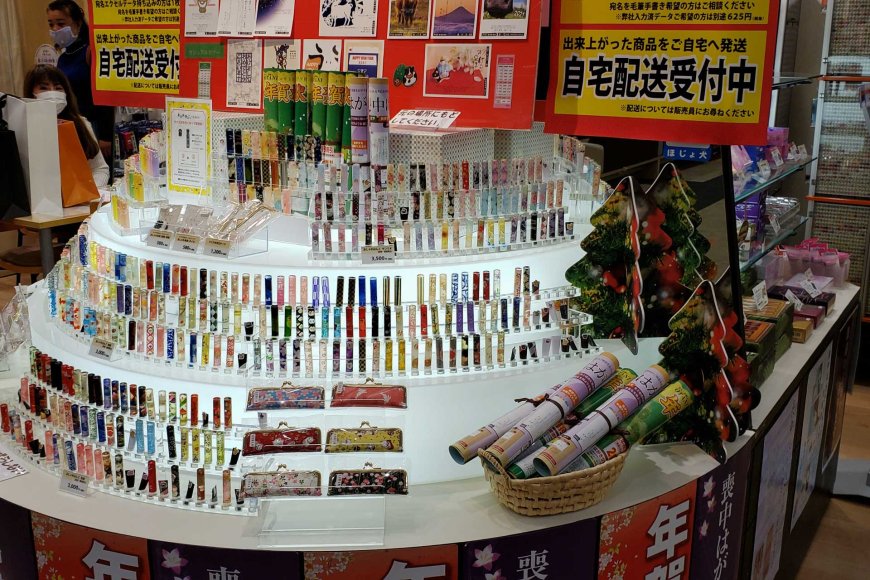
Challenges in the Modern Era
While the Hanko remains a vital part of Japanese culture, its use has sparked discussions in recent years. In an increasingly digital world, where electronic signatures are gaining prominence globally, some argue that the traditional Hanko may be outdated.
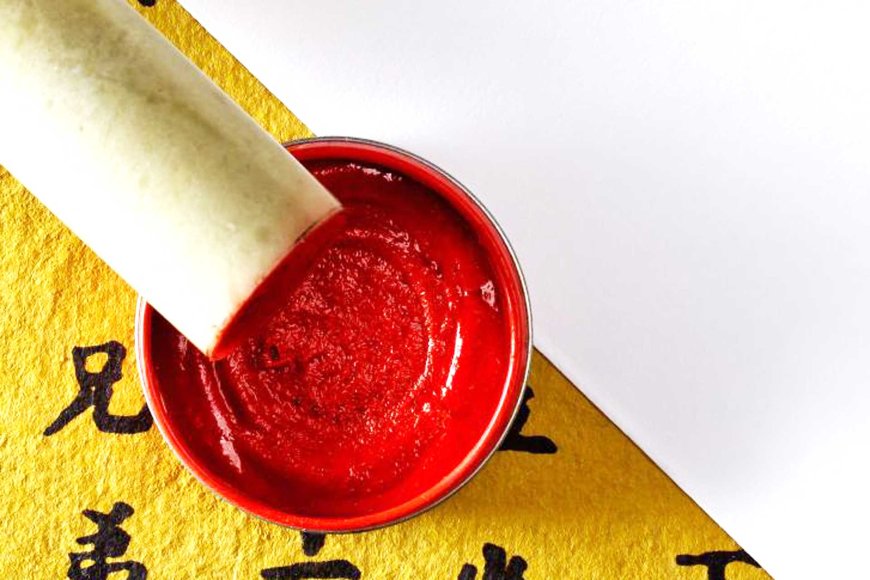
Efforts have been made to streamline administrative processes and reduce reliance on physical seals, especially in government and business transactions. However, the deeply ingrained cultural significance of the Hanko has led to a cautious approach in completely phasing it out.
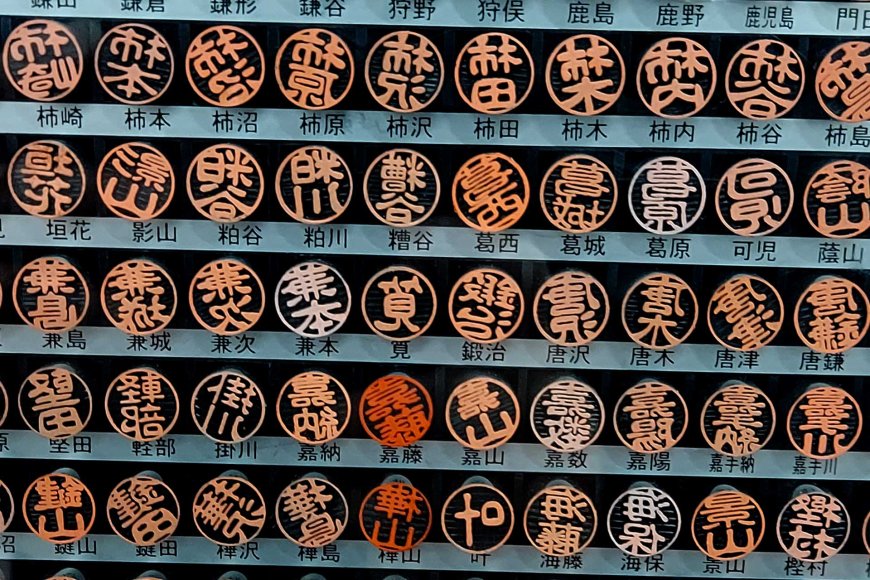
Preserving Heritage in the Digital Age
The Hanko is not just a mere stamp; it is a symbol of tradition, identity, and formality in Japanese society. As Japan navigates the delicate balance between preserving cultural heritage and embracing technological advancements, the Hanko stands as a testament to the country's rich history and the importance it places on customs that have withstood the test of time.
Find Cheap Flight Tickets to any Destinations in Japan and the Philippines
Nipino.com is committed to providing you with accurate and genuine content. Let us know your opinion by clicking HERE.





































































